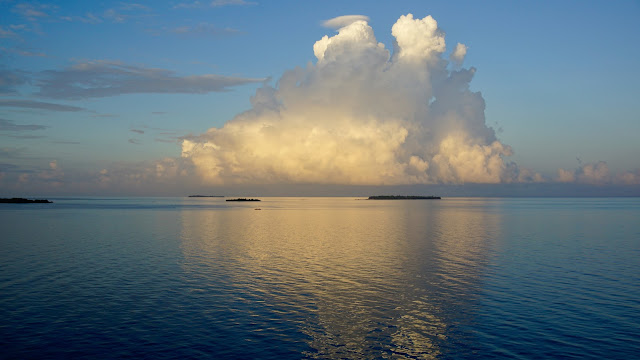Stone Town is the old part of Zanzibar City, the main city of the main island of the Zanzibar Archipelago. Stone Town is the former capital of the Zanzibar Sultanate. It’s history is quite interesting. The Portuguese were the first Europeans to set foot on the island of Zanzibar. They ruled the island over 2 centuries and built Stone Town’s first stone structure, the Old Fort. Toward the end of the 17th century, the Sultanate of Oman took over the island and completed the fort. Stone houses started to be built in the 1830’s, replacing an earlier fishing village. The Sultan of Oman moved his seat from Muscat, Oman to Stone Town in 1840. In 1861, the Omani royal family had a war of succession and separated governance of Zanzibar and Oman, with Zanzibar becoming an independent sultanate. When the British outlawed the slave trade in the Indian Ocean in the 1876, the Sultanate of Oman’s fortunes crashed. The Muscat economy was in shambles and many Omani’s migrated to Zanzibar. The increase in the Arab population on the island meant growth and more building sprung up in the town. The Sultan had 2 palaces built over the coming years.
In the 19th century Stone Town thrived as a trading center, known for its commerce of spices, particularly cloves, and slaves. Several immigrant communities from Oman, Persia, and India sp sprung up. The Sultan of Zanzibar encouraged immigration of foreign traders who became very wealthy and settled in the city, building large homes and commercial buildings. In 1890, Zanzibar became a protectorate of the British Empire, but remained under the rule of the Sultanate of Zanzibar until 1963, when the United Kingdom terminated their protectorate. In early 1964, the Sultan was deposed during the Zanzibar Revolution. The Sultan fled into exile and the Sultanate was replaced by the People’s Republic of Zanzibar. Later that year, the republic merged with mainland Tanganyika and the country was renamed, blending the two names, as the United Republic of Tanzania. Zanzibar remains a semi-autonomous region. Today, the majority of people in Zanzibar are of Swahili heritage. Swahili is the national language. About 98% of the population is Muslim. Stone Town was declared a UNESCO World Heritage Site in 2000.
We had an excellent guide in Stone Town today. We were very interested in Zanzibar’s history and he delivered! We visited the Old Fort, the Sultan’s Palace Museum, the Old Slave Market, Christ Church, the meat and fish market and fruit and vegetable market. We walked through the narrow streets of Stone Town, with our guide pointing out the various carved doors and their meanings. We enjoyed every minute! We visited a second fish market on our own. It was where the fishermen were bringing in their hauls. We also walked into the Dhow Port, and loved seeing the handmade dhow boats used for fishing. Our only regret in Stone Town, is not feeling comfortable to take as many photos as we would have liked.
In the 19th century Stone Town thrived as a trading center, known for its commerce of spices, particularly cloves, and slaves. Several immigrant communities from Oman, Persia, and India sp sprung up. The Sultan of Zanzibar encouraged immigration of foreign traders who became very wealthy and settled in the city, building large homes and commercial buildings. In 1890, Zanzibar became a protectorate of the British Empire, but remained under the rule of the Sultanate of Zanzibar until 1963, when the United Kingdom terminated their protectorate. In early 1964, the Sultan was deposed during the Zanzibar Revolution. The Sultan fled into exile and the Sultanate was replaced by the People’s Republic of Zanzibar. Later that year, the republic merged with mainland Tanganyika and the country was renamed, blending the two names, as the United Republic of Tanzania. Zanzibar remains a semi-autonomous region. Today, the majority of people in Zanzibar are of Swahili heritage. Swahili is the national language. About 98% of the population is Muslim. Stone Town was declared a UNESCO World Heritage Site in 2000.
We had an excellent guide in Stone Town today. We were very interested in Zanzibar’s history and he delivered! We visited the Old Fort, the Sultan’s Palace Museum, the Old Slave Market, Christ Church, the meat and fish market and fruit and vegetable market. We walked through the narrow streets of Stone Town, with our guide pointing out the various carved doors and their meanings. We enjoyed every minute! We visited a second fish market on our own. It was where the fishermen were bringing in their hauls. We also walked into the Dhow Port, and loved seeing the handmade dhow boats used for fishing. Our only regret in Stone Town, is not feeling comfortable to take as many photos as we would have liked.














